Why More Knife Users Should Care About Kitchen Cutlery
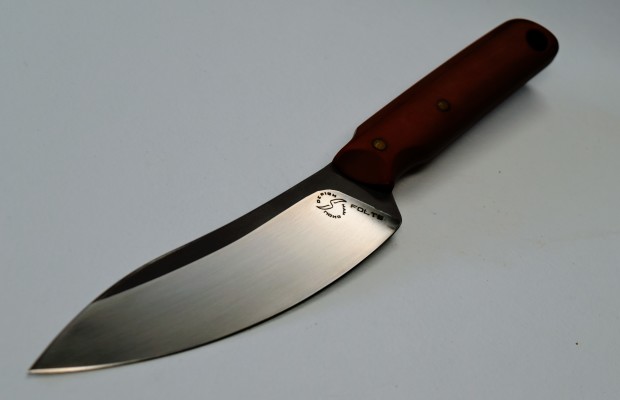
It’s surprisingly easy for knife users to ignore the humble kitchen knife. The market is flooded with custom and production folders, and plenty of outdoor fixed blades; however, many collectors and users forget the kitchen knife category – or aren’t interested in it at all.
According to Liong Mah, that lack of interest could stem from the fact that kitchen knives doesn’t change at the pace of folders. There’s definitely a lack of a ‘wow’ factor. “They aren’t fashion items like the folder market has become – one month it’s this trend, next month it’s that,” Mah says. Even outside of the knife world, the average household doesn’t invest much in its kitchen cutlery. “[They] aren’t always viewed as high-end items. In a market like ours you can go to a Marshalls or a Ross and get a set for next to nothing.”
But Mah says that’s a shame, because folding knife users can learn a lot from a well-made kitchen knife. “If you appreciate pocket knives, you should take the time to check out some real good kitchen cutlery.” For one, kitchen knives see exponentially more use than the average folder. If you’re interested in safer, more efficient knife use, there’s no better classroom than a kitchen. A few hours a week chopping, dicing, deboning, fileting, and more can translate to smarter use of your EDC folder too. “As you use your knives, you build muscle memory,” Mah explains. “Eventually this will translate into the type of knife you select and carry for a pocket knife.”
So if you want to get a knife nerd-worthy kitchen knife for your knife block, where to start? Mah recommends a small, maneuverable chef knife, the all-purpose kitchen cutter. “You can basically do everything with a six-inch chef knife.” For those who want to go a step further, a slightly smaller paring knife makes a great companion blade. In terms of steel, Mah advises avoiding the temptation to go too far up the ultra-hard steel scale. VG-10 is a good all-around choice, or S35VN for higher performance but still manageable maintenance characteristics. “If I do end up using [a kitchen knife] for an hour or more a day, I want to be able to maintain it myself. So no ridiculously hard steels.” He also says the thinner the stock, the better. “I lean toward the Eastern style kitchen knife because they’re ground thinner. Thinner blades always cut better.”
A passionate chef himself, Mah has incorporated kitchen knife cues into multiple releases, most recently in the new version of the Eraser. In talking kitchen cutlery, Mah also revealed that he intends to bring out a kitchen knife design of his own next year. He has worked with other makers on custom kitchen knives, but says this new project will be more of a small-batch affair like his recent folders – albeit with a different manufacturing partner. “Hopefully I’ll have something to show at SHOT. Premium steel, made in the USA, but affordable – these are the three things we’re looking for with this knife.”
Knife featured in image: Liong Mah/Alan Folts Custom Kitchen Knife


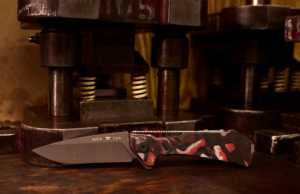

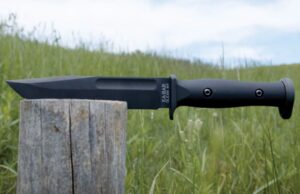
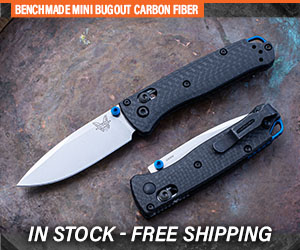
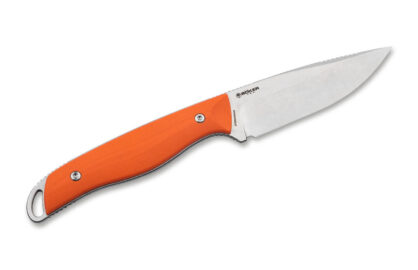




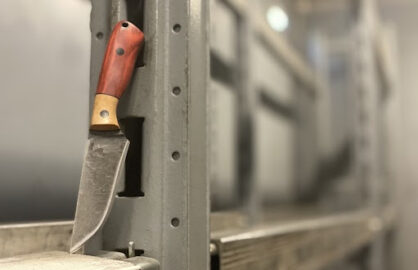

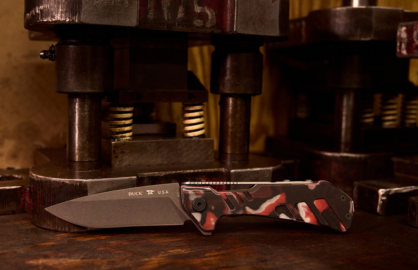
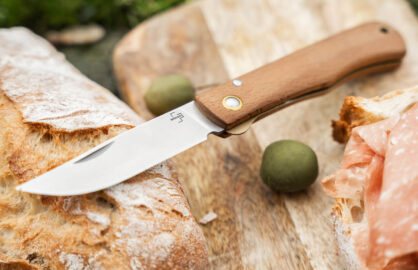
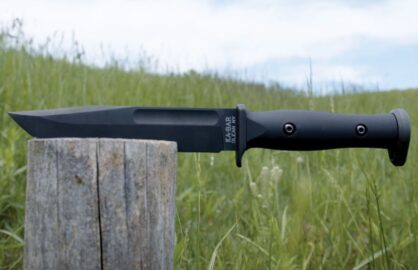
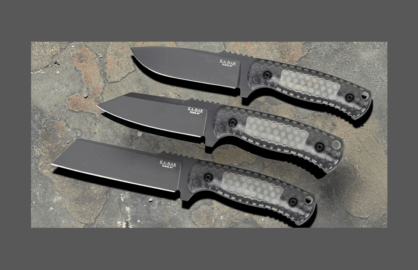




0 comments